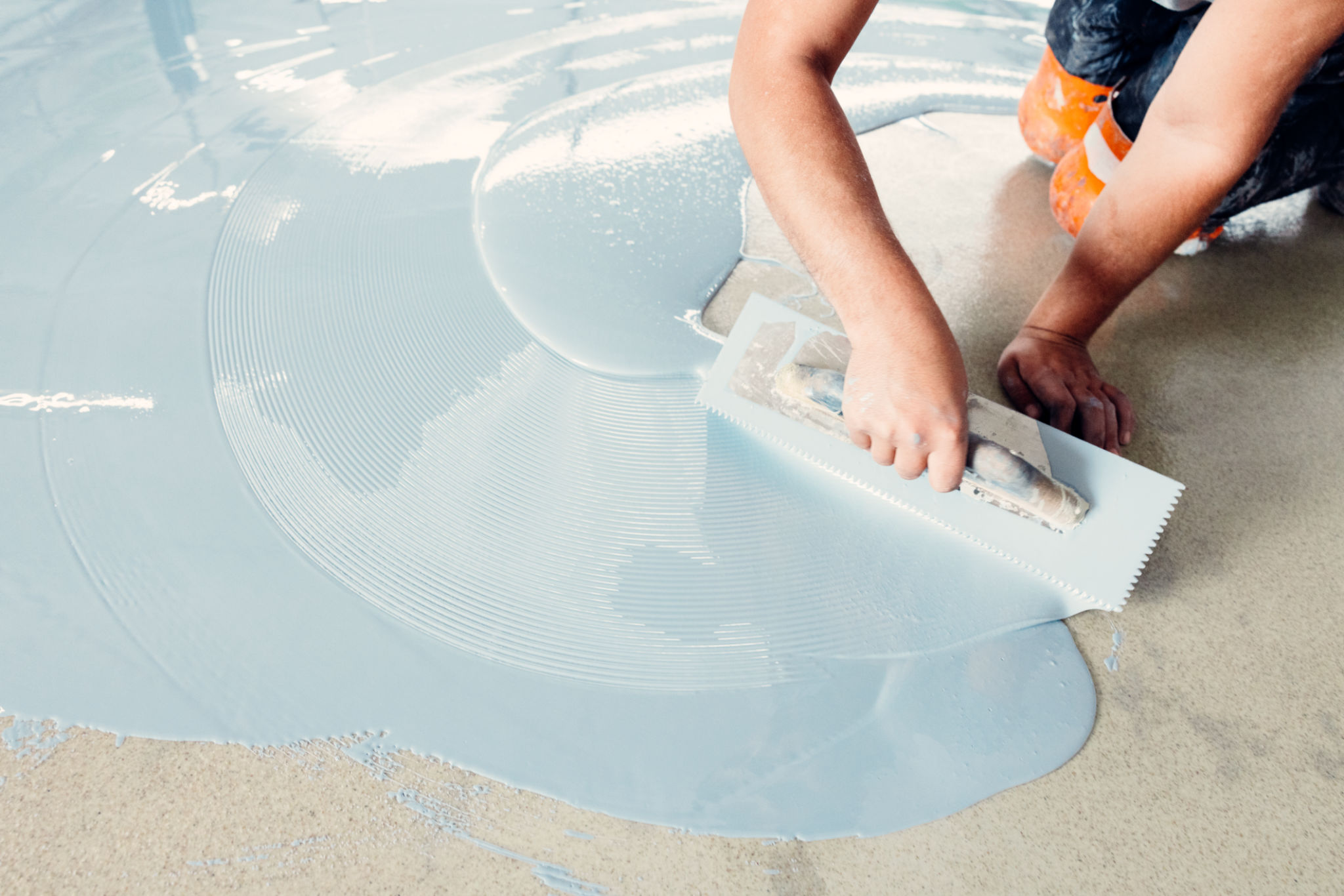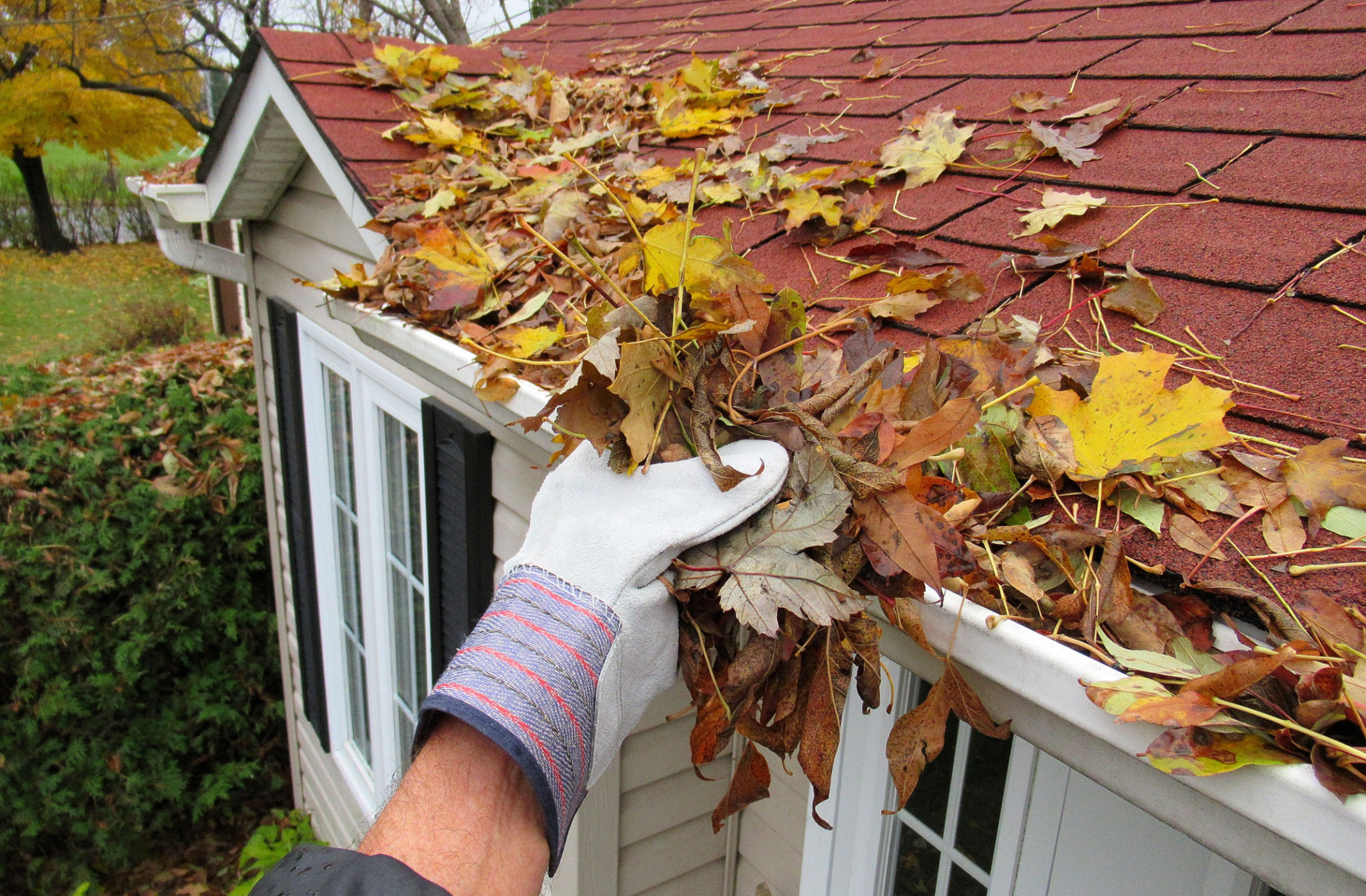Seasonal Concrete Maintenance Tips for California Homeowners
Understanding the Importance of Seasonal Concrete Maintenance
Concrete surfaces, whether they are driveways, patios, or walkways, are an integral part of many California homes. Despite the state's generally mild climate, seasonal changes can still impact concrete, causing potential damage if not properly maintained. Understanding these impacts and taking preventative measures can help homeowners preserve the longevity and appearance of their concrete surfaces.

Spring Cleaning and Inspection
As the temperatures begin to rise, spring is the perfect time to inspect your concrete surfaces for any signs of wear and tear that may have occurred over the winter months. Look for cracks, chips, or discoloration that could indicate underlying issues. Cleaning your concrete with a pressure washer can remove accumulated dirt and debris, giving you a clearer view of any damage that needs addressing.
During your inspection, pay close attention to areas where water may have pooled. Standing water can lead to erosion and further deterioration of the concrete. Consider applying a sealant after cleaning to help protect against future water damage.
Summer: Protection Against Heat and Sun
The hot California sun can be particularly harsh on concrete surfaces. Prolonged exposure to UV rays can cause fading and weakening of the material. To combat this, it's advisable to apply a UV-resistant sealant during the early summer months. This sealant acts as a protective barrier, reducing the impact of sun exposure.

Regularly watering your concrete surfaces during intense heat waves can also help mitigate damage. This prevents the surface from becoming excessively dry and cracked, which can occur when temperatures soar.
Fall Preparation for Cooler Months
As fall approaches, it's time to prepare your concrete for the cooler months ahead. Begin by clearing away any fallen leaves or debris that could trap moisture against the surface. Moisture can seep into small cracks and expand during cooler nights, leading to more significant issues.
Consider filling any visible cracks with a concrete filler to prevent water infiltration. This proactive step can save you from costly repairs in the future and maintain the structural integrity of your outdoor spaces.

Winter Care in Mild Climates
Although California's winters are generally mild, occasional rain and cooler temperatures can still pose challenges for concrete maintenance. Ensure that your concrete surfaces have adequate drainage to prevent water accumulation. If rain is in the forecast, check gutters and downspouts to ensure they are directing water away from your concrete areas.
If you notice ice formation on particularly cold mornings, avoid using salt or chemical deicers, as these can damage concrete. Instead, opt for sand or cat litter to improve traction without harming the surface.
Conclusion: Year-Round Vigilance
Maintaining your home's concrete surfaces in California requires year-round vigilance and proactive measures. By addressing seasonal challenges head-on and implementing these maintenance tips, you can ensure that your concrete remains durable and visually appealing for years to come. Regular inspections and timely interventions are key to preserving both the beauty and functionality of your outdoor spaces.
